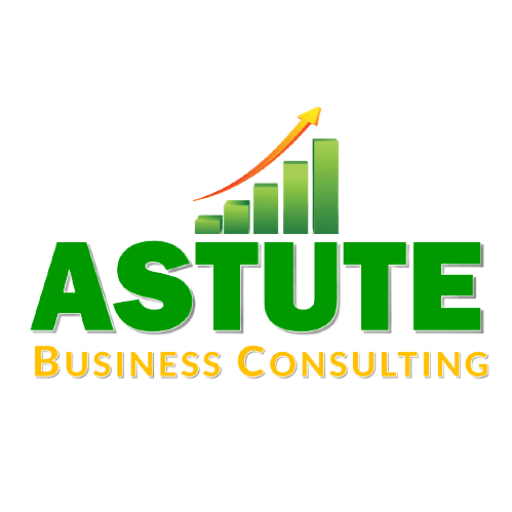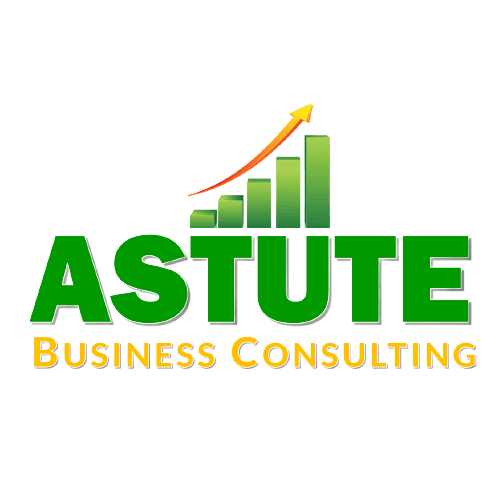In the world of business, clarity is paramount. When you think about achieving success, the language you use to describe your ambitions can make a significant difference. Understanding the difference between vision and mission is crucial for any business, as these two concepts provide direction and purpose.
Often used interchangeably, “vision” and “mission” statements serve distinct purposes. To illustrate this, let’s journey through the story of a fictional company, EcoPack, which specializes in eco-friendly packaging solutions.
Setting the Scene
EcoPack was a startup with a noble ambition: to reduce plastic waste by providing sustainable packaging alternatives. The founders, Lomokie and Selorm, were passionate about the environment and had dreams that stretched far beyond just selling products. They wanted to make a lasting impact. To guide their journey, they needed to understand the difference between vision and mission.
The Difference Between Vision and Mission: Defining the Future
First and foremost, EcoPack needed a vision. A vision is an aspirational description of what an organization wants to achieve in the future. For EcoPack, their vision was simple yet powerful: “To create a world free of plastic waste.” This statement provided a long-term direction for the company, inspiring their employees and stakeholders alike.
To turn that vision into reality, EcoPack defined its mission. The mission statement outlines the company’s purpose and primary objectives. For EcoPack, this was: “To offer innovative, eco-friendly packaging solutions that meet the needs of businesses and consumers while promoting sustainability.” The mission kept the team focused on their core activities.
The Difference Between Vision and Mission: Aims and Goals
With their vision and mission established, Lomokie and Selorm turned their attention to aims and goals. Aims are broad statements about what the company intends to achieve, while goals are more specific, measurable outcomes.
EcoPack’s primary aim was to become a leader in sustainable packaging solutions. To achieve this aim, they set several goals. For instance, they aimed to launch five new products by the end of the year and expand their market presence into three new regions within two years.
The Difference Between Vision and Mission: Objectives and Targets
To make these goals achievable, EcoPack needed to break them down into objectives and targets. Objectives are specific steps that can be taken to achieve a goal, while targets are quantifiable milestones within those objectives.
For example, one of EcoPack’s goals was to launch five new products. The team set the following objectives:
- Conduct market research to identify consumer needs within three months.
- Develop prototypes for the new products by month six.
- Complete testing and begin production by month nine.
Each of these objectives had corresponding targets. For instance, the market research objective had a target of gathering feedback from at least 500 consumers.
Key Performance Indicators (KPIs)
As EcoPack moved forward, Lomokie and Selorm knew they needed a way to measure their progress. This is where Key Performance Indicators (KPIs) came into play. KPIs are measurable values that demonstrate how effectively a company is achieving its objectives.
For instance, EcoPack decided that one of their KPIs would be the percentage of market penetration achieved in their new regions. They set a target of 10% market share within the first year of expansion. Another KPI could be the customer satisfaction rate for their new products, aiming for at least 85% satisfaction based on post-purchase surveys.
Clarifying the Difference Between Vision, Aims, and Goals
While the terms “vision,” “aims,” and “goals” are often used in conjunction with each other, they represent distinct levels of planning and intention within a business. Understanding these distinctions is key to effective goal setting.
Vision
Long-term, aspirational view of the future. It paints a picture of the ultimate impact the company wants to make.
Focuses on the “why” behind the company’s existence. It’s about the bigger picture and the change the company wants to see in the world.
Often idealistic and not always fully achievable. It serves as a guiding star, even if reaching it completely is a long-term or ongoing pursuit.
Aims
Broad statements of intent. They describe what the company wants to achieve in the medium to long term.
More concrete and achievable than the vision. Aims are still high-level, but they are more grounded in reality and have a clearer path to attainment.
Provide a bridge between the vision and the goals. Aims translate the grand vision into more specific areas of focus.
Goals
Broad statements of what the company wants to achieve. They provide a general direction for the company’s efforts.
More specific than aims but less specific than objectives. Goals provide a clear direction for the company to work towards.
Directly contribute to the achievement of the aims and, ultimately, the vision.
In the EcoPack Example
The vision (“To create a world free of plastic waste”) is a grand, idealistic goal that might not be fully achievable, but it sets the overall direction and purpose for the company.
The aim (“To expand EcoPack’s operations to become a pan-African provider of sustainable packaging solutions”) is a more concrete step towards that vision. It focuses on a specific area of achievement (market leadership) that can be pursued with defined goals and strategies.
The goal (“Launch five new products”) is a broad statement of what the company wants to achieve.
The Difference Between Vision and Mission: Objectives and Targets
To make these goals achievable, EcoPack needed to break them down into objectives and targets. Objectives are specific steps that can be taken to achieve a goal, while targets are quantifiable milestones within those objectives.
For example, one of EcoPack’s goals was to launch five new products. The team set the following objectives:
- Conduct market research to identify consumer needs within three months.
- Develop prototypes for the new products by month six.
- Complete testing and begin production by month nine.
Each of these objectives had corresponding targets. For instance, the market research objective had a target of gathering feedback from at least 500 consumers.
Key Performance Indicators (KPIs)
As EcoPack moved forward, Lomokie and Selorm knew they needed a way to measure their progress. This is where Key Performance Indicators (KPIs) came into play. KPIs are measurable values that demonstrate how effectively a company is achieving its objectives.
For instance, EcoPack decided that one of their KPIs would be the percentage of market penetration achieved in their new regions. They set a target of 10% market share within the first year of expansion. Another KPI could be the customer satisfaction rate for their new products, aiming for at least 85% satisfaction based on post-purchase surveys.
The Difference Between Vision and Mission: Putting It All Together
As EcoPack continued on its journey, the founders reflected on the interconnectedness of these concepts. The vision provided the long-term direction, while the mission defined their purpose. The aims set the overarching intentions, which were further refined into goals. The objectives broke these goals down into actionable steps, and the targets provided measurable milestones along the way. Finally, the KPIs ensured they could track their progress and make adjustments when needed.
Real-Life Application: A Team Meeting
During one of their regular team meetings, Lomokie led a discussion on progress towards their goals. “Okay, team,” she began, “let’s review where we are with our objectives and targets.”
The product development team shared that they had completed prototypes for three of the new products and were on track to begin testing. The marketing team reported that their campaign had reached 75% of their target audience in the new regions.
“Great work!” Selorm exclaimed. “But we need to boost our efforts to reach that 10% market share within the year. What can we do differently?”
By revisiting their goals and KPIs regularly, EcoPack was able to adapt and refine their strategies, ensuring they remained on course toward their mission.
The Difference Between Vision and Mission: Conclusion
Understanding the difference between vision and mission is essential for any business. Each component plays a critical role in creating a roadmap for success. By following EcoPack’s journey, we can see how these elements come together to guide a company toward its aspirations.
Effective goal setting in business not only drives success but also fosters a culture of accountability and teamwork. As you define your own vision and mission, consider how you can break down your aims and goals into achievable objectives and measurable targets, using KPIs to track your progress along the way.
Now, as you reflect on your own business aspirations, ask yourself: How can you implement this framework of goal setting in business to enhance your company’s growth and success? The answers may lead you to unprecedented achievements and a clearer path toward your vision.


